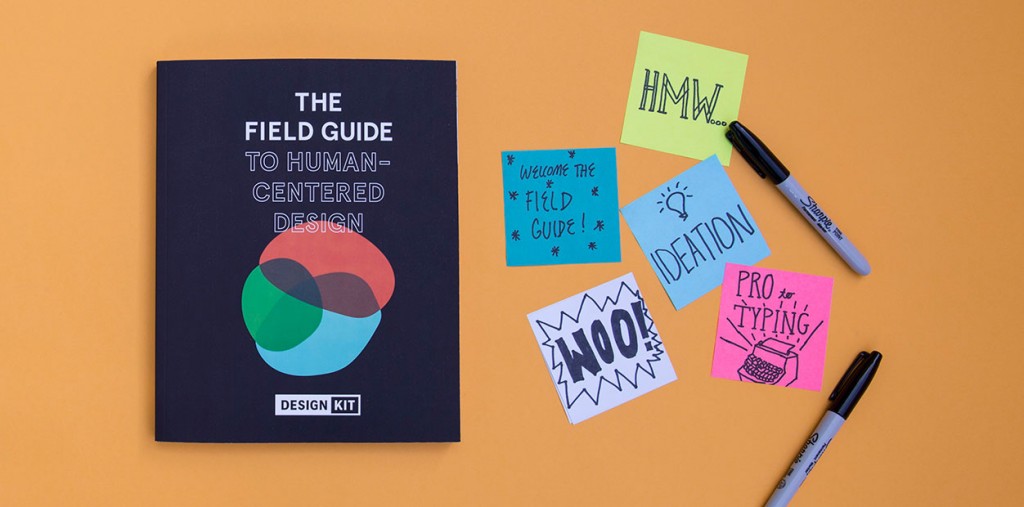Human Centered Design in developing a Brief

A nice tie in between the start and end of my week was the idea of Human Centered Design. On Monday/Tuesday I Stage Managed the Engineers Without Borders’ event Link Festival 2016, during which Human Centered Design was a central theme, Peter touched on the need with our engagement with Lentara through our Nonfiction Design collaboration to start not with an end product in mind but with the user in mind, this is Human Centered Design’s starting point.
It was described on Monday as consisting of 3 main phases:
Inspiration (Hear): In this phase, you’ll learn how to better understand people. You’ll observe their lives, hear their hopes and desires, and get smart on your challenge.
Ideation (Create): Here you’ll make sense of everything that you’ve heard, generate tons of ideas, identify opportunities for design, and test and refine your solutions.
Implementation (Deliver): Now is your chance to bring your solution to life. You’ll figure out how to get your idea to market and how to maximize its impact in the world.
IDEO.org say:
Human-centered design is uniquely situated to arrive at solutions that are desirable,feasible, and viable. By starting with humans, their hopes, fears, and needs, we quicklyuncover what’s most desirable. But that’s only one lens through which we look at oursolutions. Once we’ve determined a range of solutions that could appeal to the communitywe’re looking to serve, we then start to home in on what is technically feasible to actuallyimplement and how to make the solution financially viable. It’s a balancing act, but onethat’s absolutely crucial to designing solutions that are successful and sustainable.
Applying HCD to the development of some media to support the Lentara Asylum Housing Project’s acquisition of Housing will require starting off with listening to the stories of a few key groups of stakeholders:
1) People who have already donated a house: what does a house mean to them? Why did they chose to donate a house? What do they think a house means for a person seeking Asylum/Refuge? How was the process of donating a house?
2) People who have not donated a house but are connected to Uniting Care and in a position where they could donate a house: What are the hurdles to them donating a house? What do they think about the idea of donating a house to Lentara? Have they considered it? Would they? What might make them consider this?
3) Lentara: How do they experience the process of being gifted a house? How does this usually happen? Who usually donates their home? What does a house allow them to provide to their clients? What sort of relationship do they have with those who donate? How do they currently promote the program? Where do they think this could be expanded, or how can it be improved
4) Asylum Seekers/Refugees: What is their story? What was their journey so far? What are the challenges they’ve faced once they arrived? How do they find out about the Housing Program? What do they think of it? What would it mean to them to have a roof over their head?



